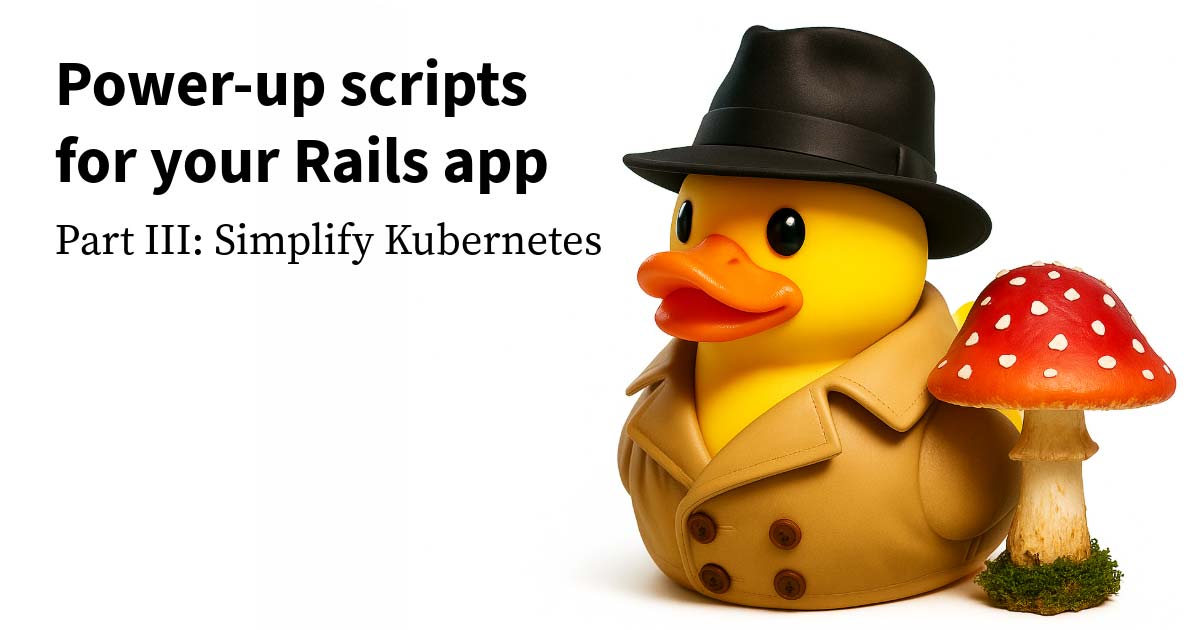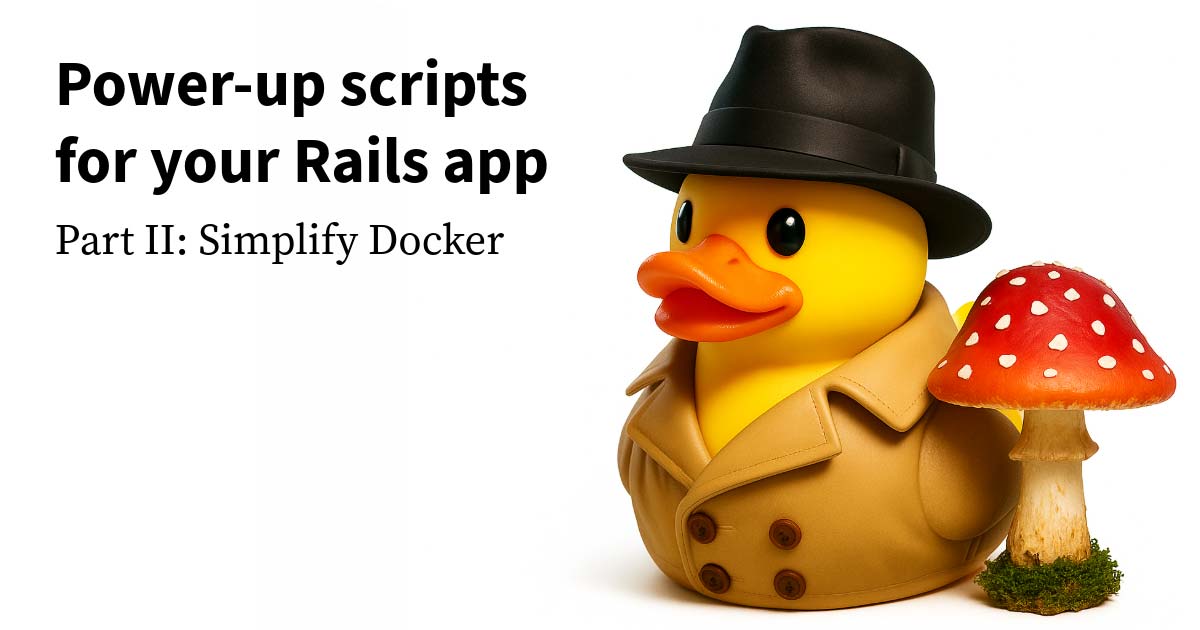As a new VP of Engineering, getting a grip on the financial lingo can be a game-changer for your role.
Understanding these terms isn't just about impressing the finance team—it's about making informed decisions that drive your team’s success and innovation.
Whether it's optimizing your budget or strategizing for long-term growth, knowing the difference between CapEx and OpEx, or the nuances of EBITDA and Net Present Value, can empower you to lead with confidence.
Dive into this glossary to build a solid foundation in software budgeting and ensure your decisions are always backed by sound financial insights.
Glossary of software budgeting terms
Capital Expenditure (CapEx)
The funds a company uses to acquire, upgrade, and maintain physical assets such as property, buildings, or equipment. CapEx is typically a one-time expenditure and is recorded as an asset on the balance sheet.
Operating Expenditure (OpEx)
The ongoing costs a business incurs to operate, maintain, and support its daily activities. OpEx includes expenses such as rent, utilities, salaries, and supplies, and is recorded as an expense on the income statement.
Break-even Analysis
The calculation to determine how much product or service must be sold to cover costs, vital for decision-making on new projects or expansions.
Cash Flow
The movement of money in and out of a business, including income, expenses, and investments.
Compound Annual Growth Rate (CAGR)
The average annual growth rate of an investment over a specified period, assuming the investment grows at a steady rate.
Depreciation
The systematic allocation of the cost of a tangible asset over its useful life, reflecting the wear and tear, aging, or obsolescence of the asset.
Amortization
Similar to depreciation, this term refers to spreading payments over multiple periods in the form of installments of principal and interest.
EBITDA
Earnings Before Interest, Taxes, Depreciation, and Amortization—a measure of a company's operating performance.
Gross Margin vs. Net Profit
Gross margin is the difference between revenue and the cost of goods sold, while net profit is the amount left after subtracting all expenses from revenue.
Leverage Ratios
Indicators that show the level of debt compared to equity or assets, used to assess a company's financial health and risk level.
Liquidity Ratios
Measures that indicate a company's ability to pay off its short-term liabilities with its short-term assets.
Marginal Cost
The cost of producing one additional unit of a product, useful for understanding how costs change with varying levels of output.
Net Present Value (NPV)
The difference between the present value of cash inflows and outflows over a period of time, used in capital budgeting to analyze the profitability of an investment.
Operating Income
The profit a company makes from its core business operations, excluding interest and taxes.
Payback Period
The amount of time it takes to recoup the investment made in a project, calculated by dividing the initial investment by the net cash inflow.
ROI (Return on Investment)
A performance measure used to evaluate the efficiency or profitability of an investment or compare the efficiency of several different investments.
Risk Management
The process of identifying, assessing, and prioritizing risks, and taking actions to minimize or control them.
Sunk Costs
Costs that have already been incurred and cannot be recovered or changed by any future action.
Total Cost of Ownership (TCO)
The total cost of owning a product or system over its lifetime, including acquisition, operation, maintenance, and disposal costs.
Variable Costs vs. Fixed Costs
Variable costs change with the level of production or service, such as raw materials or direct labor. Fixed costs remain constant regardless of production levels, such as rent or salaries.
Working Capital
Represents the difference between a company’s current assets and current liabilities, indicating the liquidity available to run operations and invest in growth.
Learn more about software budgeting
See our guide for VP of Engineering to CapEx vs. OpEx and software budgeting. Want to talk more about how to justify budget for technical investments? We've got you and offer a safe space where any question is on the table. Request office hours with one of our leaders who speaks both engineering and finance.
Sign up for our email newsletter for more insights for technical and product leaders.











